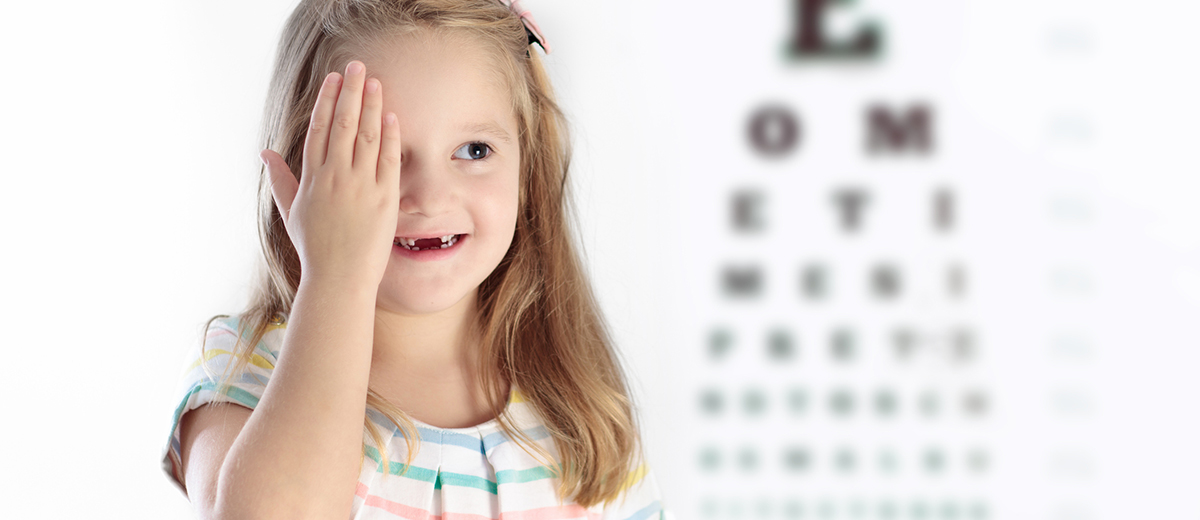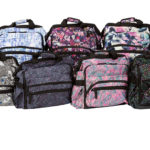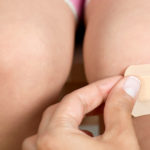Amblyopia, commonly known as lazy eye, is when the vision of one eye is reduced because it fails to work properly in conjunction with the brain. While the eye itself may look normal, for various reasons the brain favors the other eye. According to the National Eye Institute, amblyopia is the most common cause of visual impairment among children, affecting approximately 3 out of 100. Unless it is successfully treated in early childhood, amblyopia usually persists into adulthood and is the most common cause of monocular (one eye) visual impairment among young and middle-aged adults.
Vision Screening Best Practices
- Visual acuity testing should be conducted separately for each eye because when amblyopic children are tested binocularly (both eyes tested at the same time), unilateral amblyopia is masked by the better seeing eye.
- Rather than having a child cover their eye with their hand, it is best to use an occluder during the test to help cover the eye more effectively.
- A screening is failed if there is a two-line difference or more in visual acuity between the eyes (e.g. 20/25 in one eye and 20/40 in the other eye).
- Even if both eyes “pass” the screening, a two-line difference or more between the eyes means the student failed the screening and should be referred to an eye specialist for further testing.
The Benefit of Frosted Occluders
Vision screening personnel should monitor occlusion carefully because children with reduced vision in one eye often attempt to use their better eye for help by peeking. This is why frosted occluders are beneficial in vision screening. They provide occlusion for the student while allowing the person administering the test to observe the occluded eye and better determine if only one eye is deviating.
Shop MacGill’s full line of occluders here.





